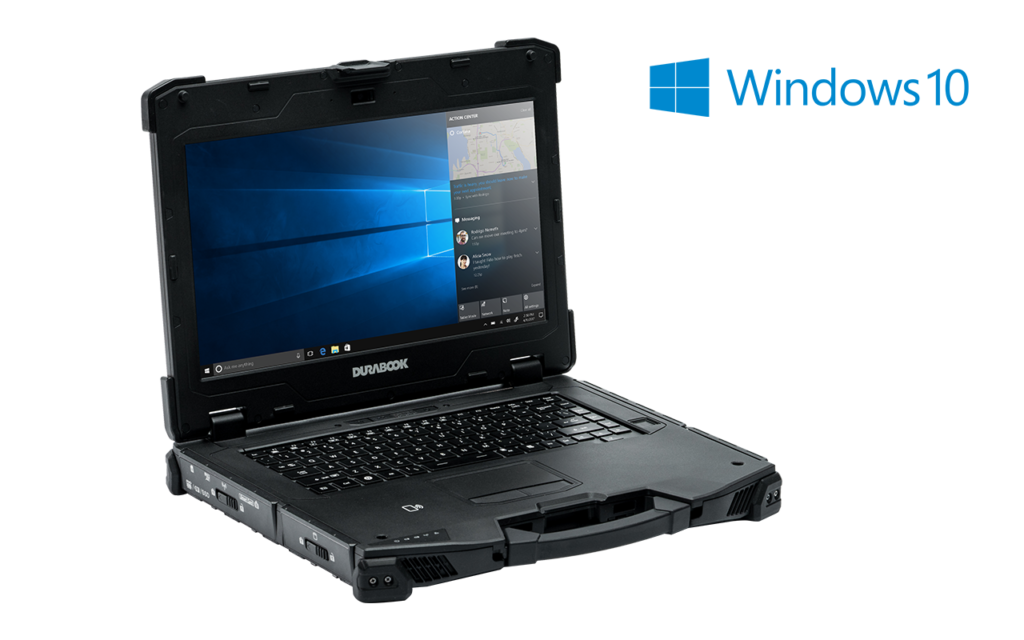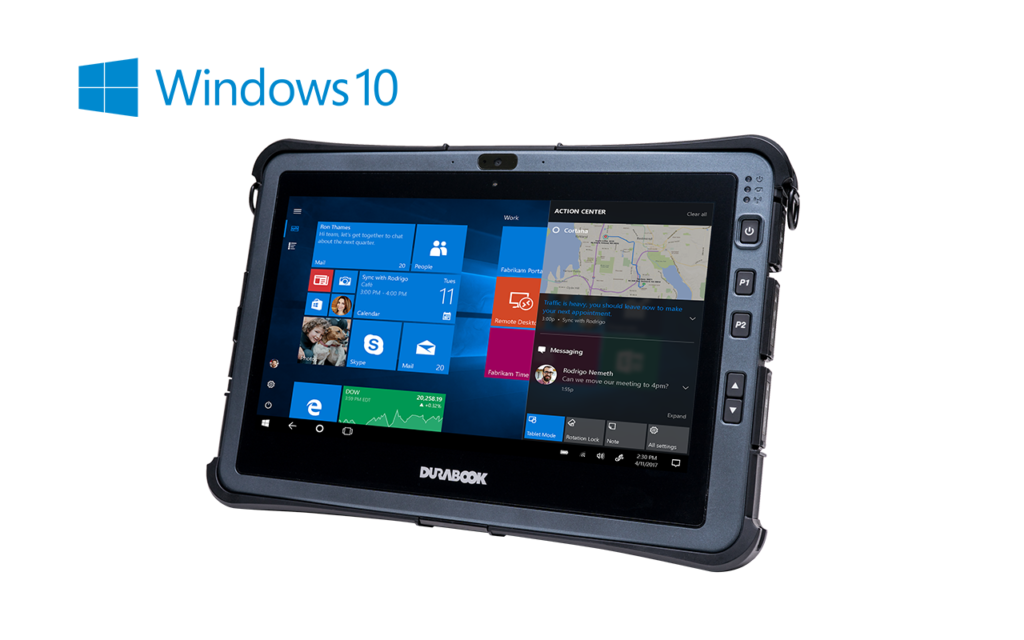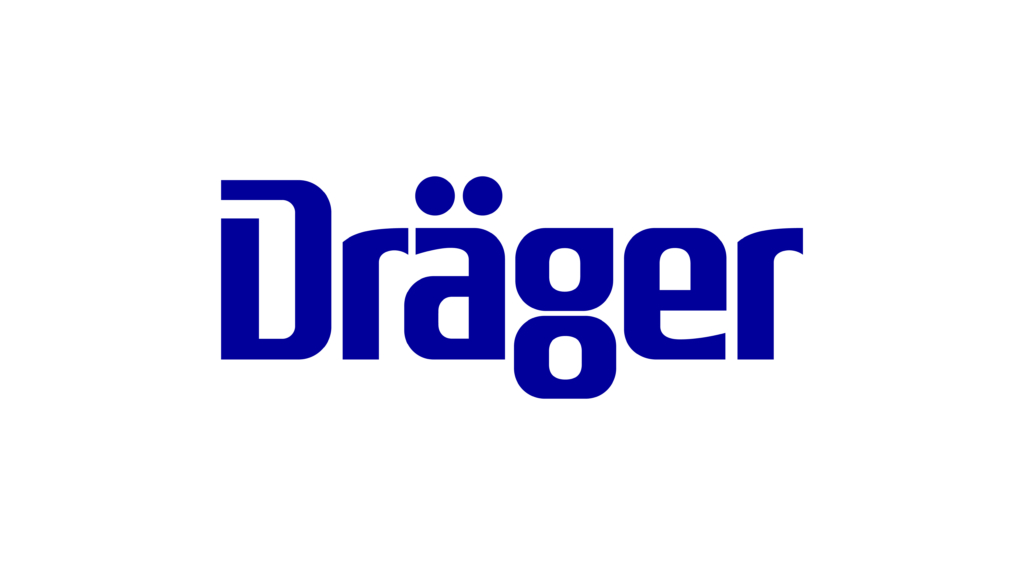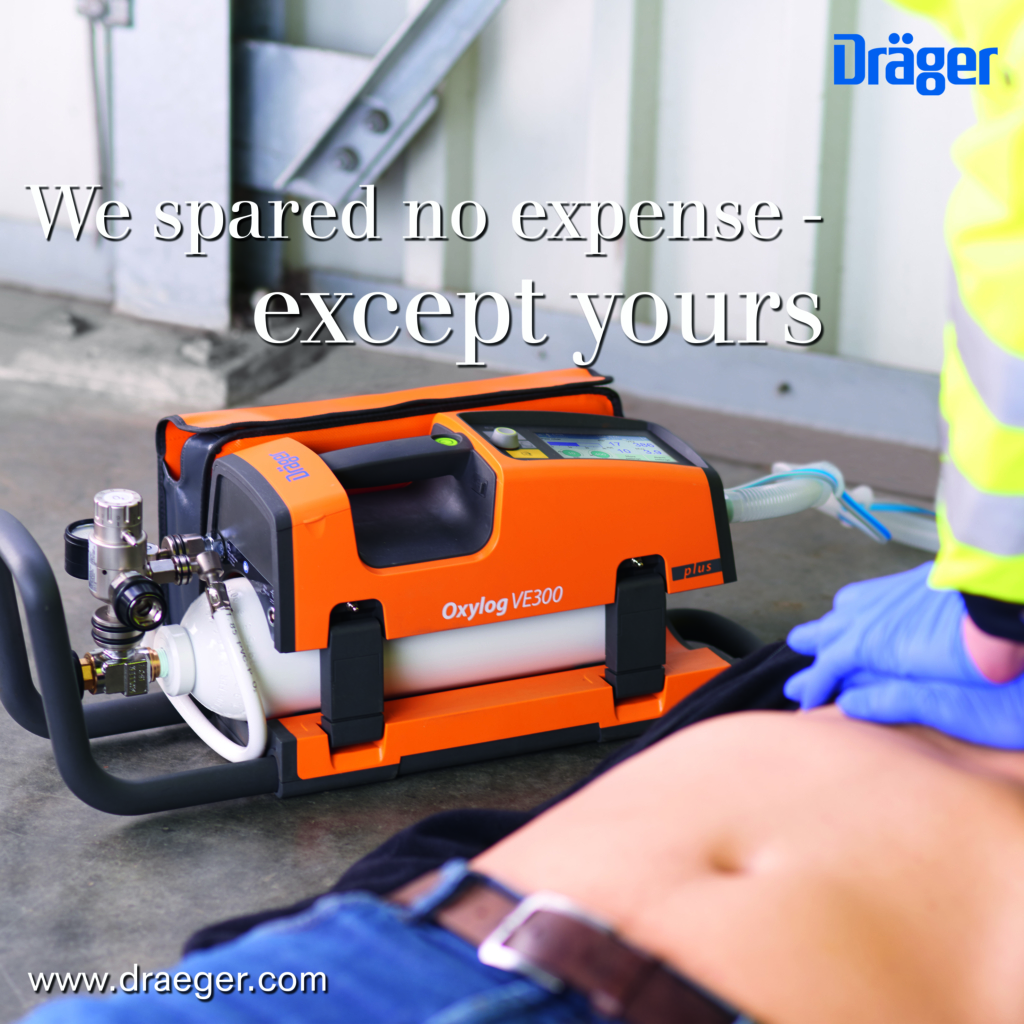How Rugged Technology Supports Ambulance Crews in Testing Times
COVID–19 saw a shift in how some ambulance crews and rapid response teams operated across the UK, from forming collaborative response and mobile support units, to creating purpose-built temporary hospitals such as the NHS Nightingale hospitals.
Communication and technology are undeniably essential in supporting these ambulance crews and emergency service teams, and implementing the latest technologies is crucial to driving improved efficiency and keeping one step ahead.
But with so much technology available and squeezed budgets, organisations must consider efficiency over complexity, and ensure assets are able to perform to the maximum throughout their lifecycle.
For example, Durabook’s newly launched Z14I rugged laptop not only withstands the harsh conditions that emergency teams experience, but it also delivers the power, performance, and functionality to seamlessly integrate with new technologies for any given situation.
Running on Windows® 10 and using an expansion module, or via other connections, it can quickly be transformed on-the-fly into any number of different solutions — from an ultra-portable workstation, to a server or storage device, or remote command centre; ideal for temporary hospitals such as NHS Nightingale.
As technology develops, ambulance crews could be adopting different ways to deliver treatment and respond to emergencies. For example, drones present new potential for medical emergency response and aid delivery, and they can be controlled by the Z14I to complete their missions.
A central rugged device like this also has the capacity to collect and process recorded data of incidents in real time to provide instant intelligence to teams on the ground, as well as back at the hospital where teams may be preparing for incoming patients.
Today, ambulance crews rely on technology to support their daily work lives. Increasingly, they are using rugged devices that withstand the harsh environments they often operate in, while delivering the functionality needed to improve patient care.
For example, Durabook’s U11I rugged tablet helps ambulance crews make critical decisions, helps them to quickly access electronic patient records, and can also transfer patient-specific information to the hospital before arrival.
Running on Windows® 10 and including an embedded smart card reader, it is the only rugged tablet available today with the further option of adding a second smart card and RFID reader. This allows for secure user authentication and the safe collection and transfer of sensitive data.
This feature has also proven essential for quickly accessing historical patient information, recording diagnoses, and securely sending data to the hospital before the patient’s arrival so that treatment can continue without delays.
Also important for ambulance crews is Durabook’s cleaning guide, which outlines how customers can sanitise their devices to reduce the spread of contaminants while ensuring continued performance, all in line with and satisfying industry standards.
Durabook has been manufacturing mobile rugged devices for over 30 years. Its military-grade technology offers deep functionality and high performance at affordable prices. Emergency services — especially ambulance and healthcare workers — often use technology where potentially harmful germs and bacteria are present. It’s vitally important for them to understand how devices can be safely sanitised to reduce the spread of contaminants while ensuring continued performance.
With so many ways in which rugged technology can help and assist ambulance crews — especially in enhancing infection control measures, and in increasing the fluidity and immediacy of communications between services too — we can see that such devices really are a vital piece of equipment aboard any modern and up-to-date ambulance.
Quality content
- Casinos Not On Gamstop
- Casinos Not On Gamstop
- Casino Sites Not On Gamstop
- Non Gamstop Casino
- UK Online Casinos Not On Gamstop
- Casino Sites Not On Gamstop UK
- Casino Sites Not On Gamstop
- Games Not On Gamstop
- Sites Not On Gamstop
- UK Online Casinos Not On Gamstop
- Casino Not On Gamstop
- Slots Not On Gamstop
- Casino Not On Gamstop
- Gambling Not On Gamstop
- Casinos Not On Gamstop
- Non Gamstop Casino
- UK Online Casinos Not On Gamstop
- Casino Sites Not On Gamstop
- Best Betting Sites
- Best UK Online Casinos
- New Horse Racing Betting Sites









